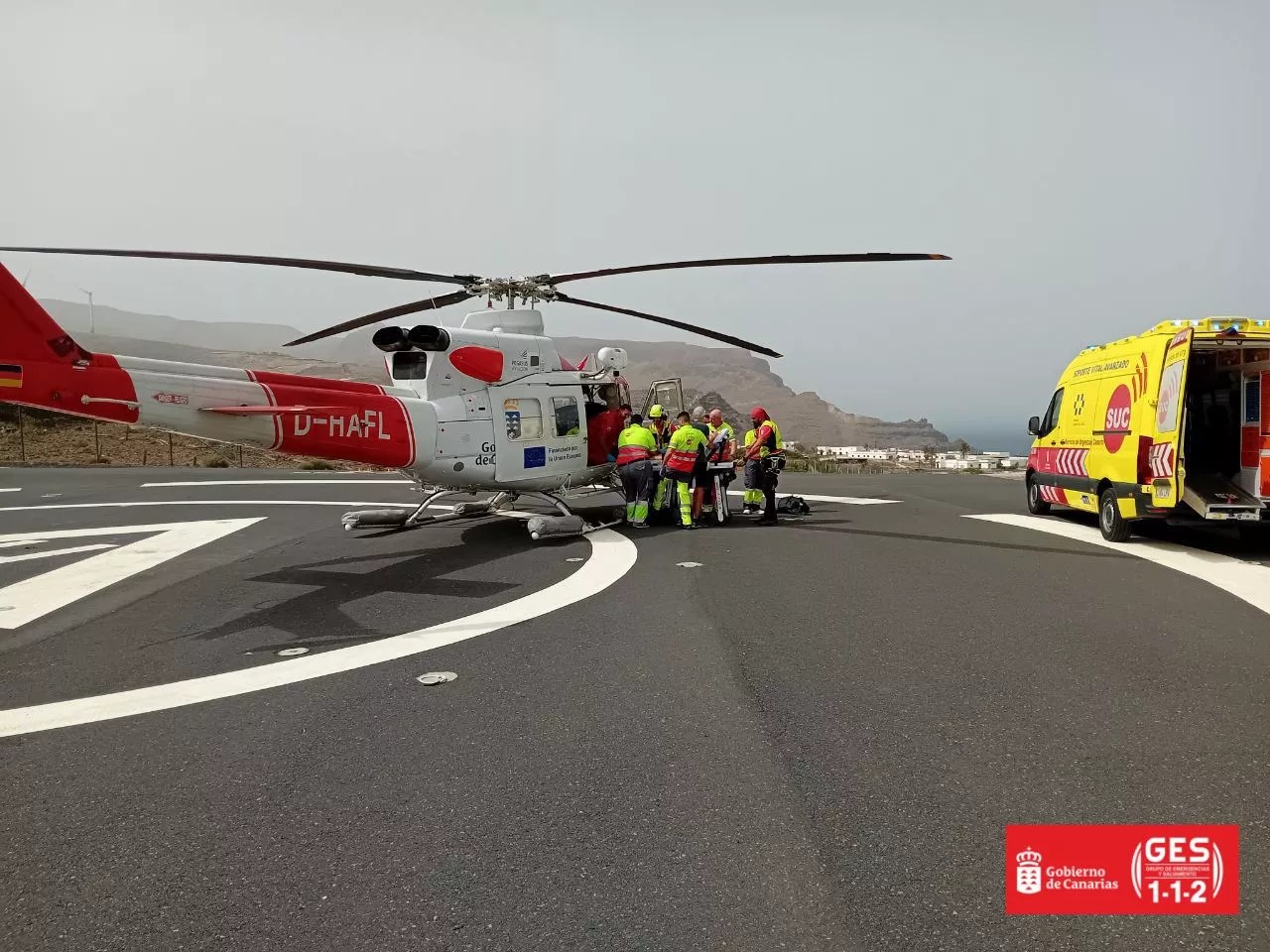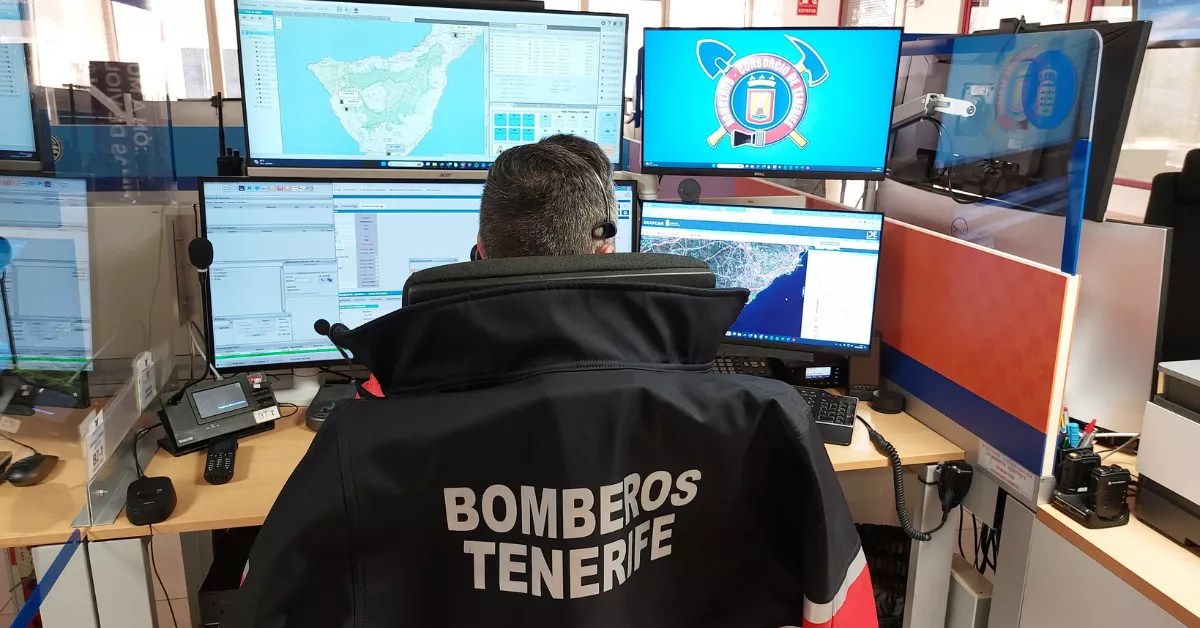This creature is a legendary fish, famously recognised in popular culture, yet very few individuals have had the fortune of witnessing it alive.
To date, existing records primarily relate to larvae, deceased adult specimens, or sightings made with submarines during scientific explorations in profound waters.
Emerging from the depths, merely 2 km off the coast of Tenerife during a pelagic shark research expedition led by the NGO CONDRIK-TEFE (@Condrik_Terife) aboard the vessel Glaucus, Valencia-based Marine Biologist Laia Valor (@laiavlr) spotted this creature at the surface. Following this, biologists and communicators Marc Martín (@vidamarina) joined in.
This is a genuine predator of the deep, residing on the seabed at depths ranging from 200m to 2000m, using its dorsal appendage filled with bioluminescent symbiotic bacteria as bait to lure its prey, reminiscent of the famous film “Finding Nemo.”
The reason for its appearance in such shallow waters remains unclear. It could be attributed to a medical condition, an upwelling current, the presence of a predator, or other unidentified causes.
Belonging to the genus “Melanocetus,” which means “black marine monster,” the name aligns well with its appearance. Nonetheless, despite its fearsome look, it is largely harmless to humans.
This species is widely distributed, inhabiting tropical and subtropical seas globally, with the first recorded sighting along the coasts of Madeira in 1863.
While not applicable to this particular species, in other fish within the same order, Lophiiform, males attach themselves to females due to the challenge of locating a mate in the dark. As their digestive systems are poorly developed, they essentially parasitise the females, atrophying over time and becoming part of the female’s body as a sperm reserve, ready for when she is prepared to reproduce. This is an utterly captivating reproductive behaviour.
This astonishing discovery has left the crew astonished and will be etched in the memories of all those on board.
The sighting has been recorded in the marine observation network in the Canary Islands (Redpromar, @redpromargobcan), a citizen science initiative by the Canary Islands government dedicated to monitoring and observing marine life within the archipelago.
All research conducted by the Condrik Tenerife group is sanctioned by the Ministry for Ecological Transition and the Demographic Challenge (Miterd) and supported by the Elasmobranch Study Programme of Gesplan de Redpromar.
















